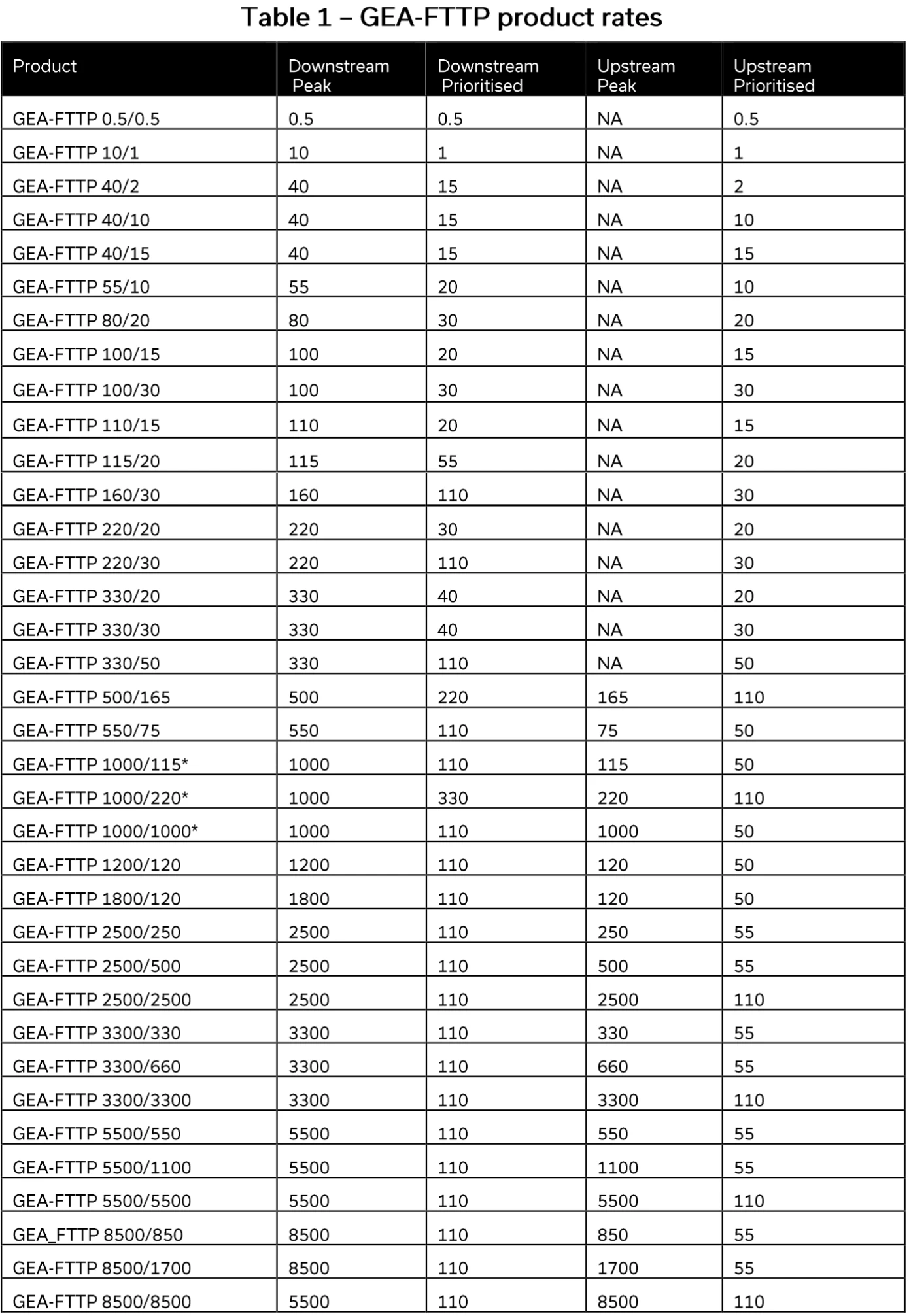Original article Total Telecom:

Podcasts
Trent Edwards used to climb telephone poles. Now he’s the CEO of TAK Broadband, bringing with him an appreciation for network builders and the often-dangerous work they perform.
By Brad Randall, Broadband Communities
Trent Edwards, the CEO of an end-to-end fiber network construction firm called TAK Broadband, is worried about the future of industry’s workforce.
“We don’t do a good job of making sure that the younger generation understands the opportunity within construction,” he said.
According to Edwards, many hold assumptions that construction work is unpleasant because it requires working outside in many different conditions.
“And the people that do that, they want to do that,” he said on a recent episode of Beyond the Cable, a Broadband Communities podcast. “They have that in their DNA. It’s a respectable and highly looked upon job in my opinion.”
However, Edwards said the younger generation doesn’t think network construction work is sexy. He said the negative perceptions will cause issues down the line, making it hard to recruit talent.
“We’ve got to do a better job at promoting that and bringing construction back,” he said. “We’ve got to make it sexy again.”
Edwards also said there is substantial room for innovation and entrepreneurs in network construction.
Climbing telephone poles and the corporate ladder
Edwards holds what many might consider to be an unconventional road to the C-suite.
Others, however, would say his rise to CEO of TAK Broadband shows everything that’s right with the industry, representing a clear example of vertical mobility.
Once upon a time, Edwards climbed telephone poles and dug in the dirt, working in entry-level positions that he says are underappreciated for the dangerous work they do.
TAK Broadband in the news:
Acquisition firms up TAK Broadband’s Southern California presence (October 2025)
“We work in extremely dangerous conditions,” Edwards told Beyond the Cable. “Take the roads for example. You have the entire public out driving by you all day.”
Edwards said people can become hurt when drivers become impatient. He also flagged the potential for injury when it comes to working with large equipment, as network builders do.
He also said all of the environmental components associated with working in the field can present dangers.

Excited about MDUs
Edwards says TAK Broadband (also known as TAK Communications) has evolved their strategy bring high-quality fiber products to multi-dwelling units (MDUs).
“We have the skillsets for all those tight spaces, those complex wiring conditions,” he said, adding that TAK prides itself on minimal disruption to properties.
He said fiber can create value for MDU properties while bringing a top-notch service to residents.
Edwards also said many residents need fiber connectivity to support work from home setups.
With custom designs, Edwards said TAK prides itself on delivering efficient construction plans. As a result, he said many headaches associated with work in MDUs are avoided.
“We have it down to a science,” he said, adding that MDUs provide an opportunity to get large take rates.
“It’s an opportunity to enter a place, do it correctly, have a process that’s start to finish – design, construction – and it’s tailored for each property.”
Get news like this in your inbox. Subscribe to the Broadband Communities newsletter!




